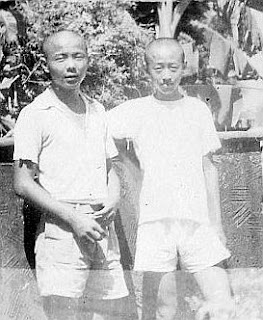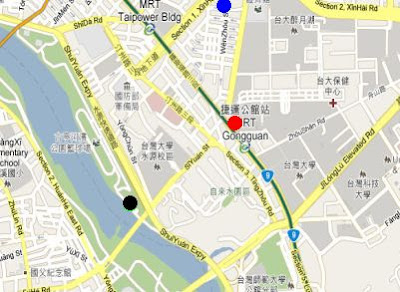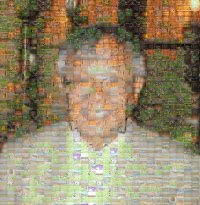The start of my junior high school education turned out also to be the starting point of my life-time friendship with Tao Si-Chien (陶世健). It turns out that this class #6 was quite outstanding in many aspects; I will talk about this class as a whole later. Taotze (陶子), as I usually call him (both then and now) lived one train station after mine on the way to school, which was very close. We saw each other daily during those three years, not only during school days, but also many weekends and holidays too. Since we lived so close, we also ate many meals together at each other’s homes. To think back, it is amazing that after we left junior high school, having gone to different senior high schools, (he went to Fushin, I went to Chengkung), and then different colleges, (he went to National Ocean University, I went to National Taiwan University), our friendship remained strong. We continued to meet regularly during holidays and other occasions such as our winter and summer vacations, to keep our friendship alive. During our college days, we spent quite a lot of time together talking about girls, girlfriends, and our philosophy of LIFE, as well. We went to church together, were baptized on the same day, had doubts about our faith in a similar fashion. We talked in Sichuanese, a special dialect of Chinese familiar to those people who grew up during the period of the Japanese War. We ate at many stands along the roadside, and we certainly went swimming together at the Water-Source-Place. We rode bicycles everywhere, including rushing to downtown to catch a movie at the last minute. Time or distance does not seem to affect our relationship.
This is a picture taken during our junior high days very near to Taotze’s home:
 |
| Wow, we were so serious! |
In 1963, Taotze came to Johnson City, Tennessee to see me; we took this picture at the Bristol Trailway Bus station in a booth:





























